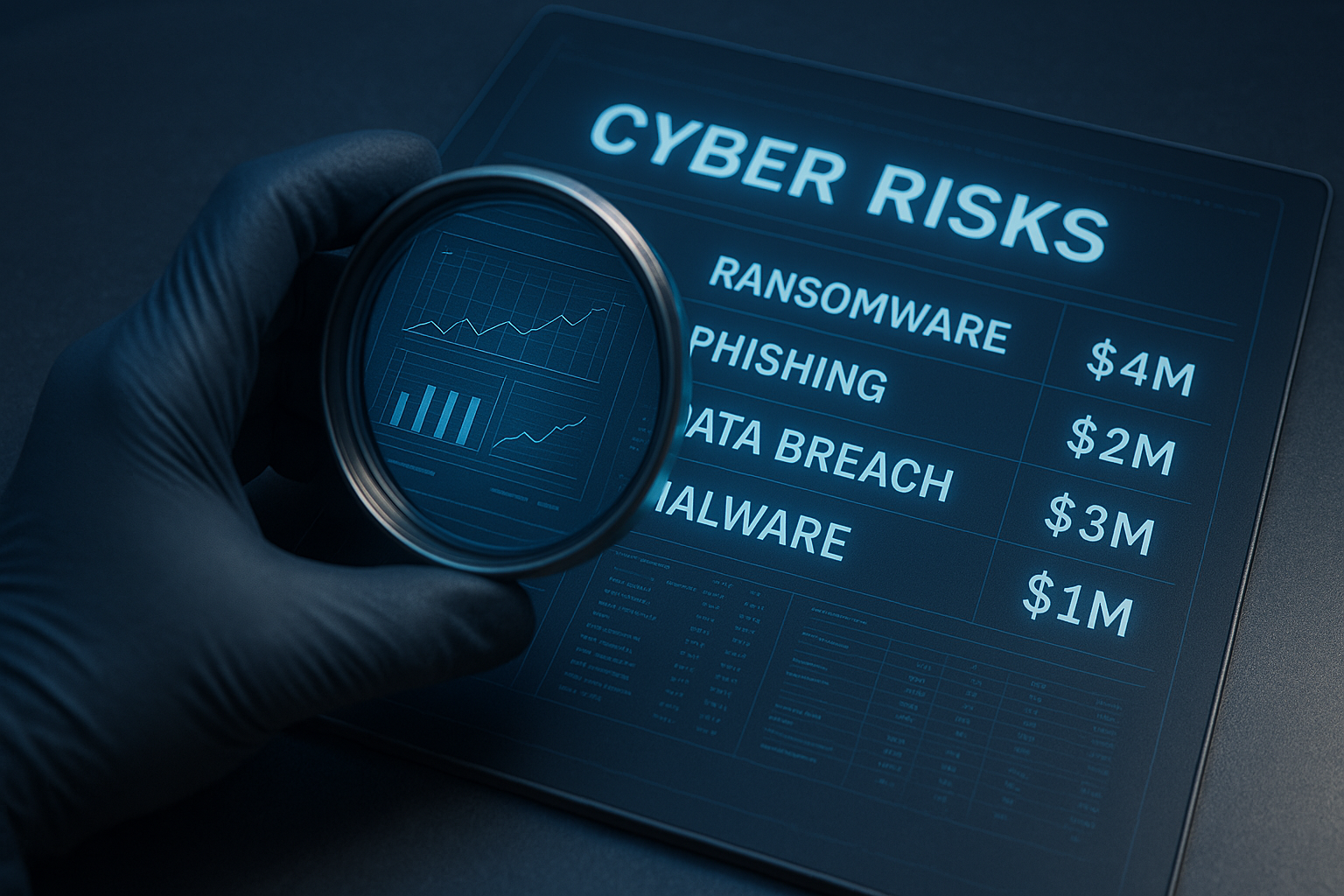The way the insurance industry has operated has changed dramatically in recent years. With the rise of insurtech startups and digitalization using emerging technologies to bridge the gap between corporations and consumers, Integrated Risk Management (IRM) has provided valuable oversight on where to focus. Digital innovation like artificial intelligence, machine learning, big data, and predictive analytics have allowed for insurance companies to stay up to date on cyber risk trends while at the same time optimizing their organizational processes and policies to meet the needs of the insurance market.
Any organization can adopt IRM as a guide for digitalization because IRM is scalable across any business model. Digital technologies have allowed insurance carriers of all kinds to keep up with regulations to protect their consumers and themselves from potential threats and associated risks. Because of this, insurers today can offer services anywhere and everywhere through the use of technologies like IoT devices to enhance customers’ experience in a way that protects their sensitive information. Adopting an integrated risk management solution can allow for visibility into these networks to find vulnerabilities and update policies in a way that can protect against risks long term.
Another way IRM is allowing insurance digital transformation is through its enterprise-wide visibility. Many years ago, when compliance and regulations for insurance companies were less stringent, using a GRC tool would be sufficient for staying compliant and protecting customers. As technology and industry evolve, the number of threats companies are subjected to grows as well, and GRC simply cannot keep up with many markets’ needs and demands. Using IRM allows visibility towards every part of an enterprise so the organization can respond in a data-driven way targeted and specific to the challenge at hand. Also, having that data in a centralized way can allow practitioners to justify their proposals and objectives to the board so that the entire organization coalesces around its security goals with the appropriate resources.
Another issue using legacy GRC software to consider when undergoing a digital transformation is that they are not futureproofed. Integrated risk management solutions, on the other hand, are. Built on the effort of continuous assessment, IRM enables organizations to assess continuously instead of periodically, of which GRC solutions are only capable. Digital transformation initiatives are inherently welcome in new technologies that are increasingly responsive while also susceptible to attack, which demands a more aware and continuously assessed environment. Using IRM to drive a digital transformation will allow a long term solution to changes and newly introduced regulations, allowing companies to stay ahead of the curve when adjusting to before-unseen industry changes. Thankfully, using an integrated risk management solution like CyberStrong can help facilitate processes like these and much more in real-time.
One significant benefit of using integrated risk management to drive a digital transformation effort is security. In addition to identifying gaps within an organization, using integrated risk management will allow the organization to see its cyber posture and risk in a centralized and readable way, unlike many legacy GRC platforms. Information from GRC solutions are difficult to navigate, often with multiple independent programs in a suite, and is aggregated in a way that doesn’t allow for visibility across frameworks or tech stacks. Insurance companies that have been able to centralize their risk management efforts using IRM have been able to amass more significant cyber risk data and enabled the digital transformation of other insurance markets.
If you have any questions about IRM, cyber risk, or where to start when initiating your digital transformation, give us a call at 1-800 NIST CSF or click here to schedule a conversation.





.png)
.png)
.png)
%201.png)
.png)




